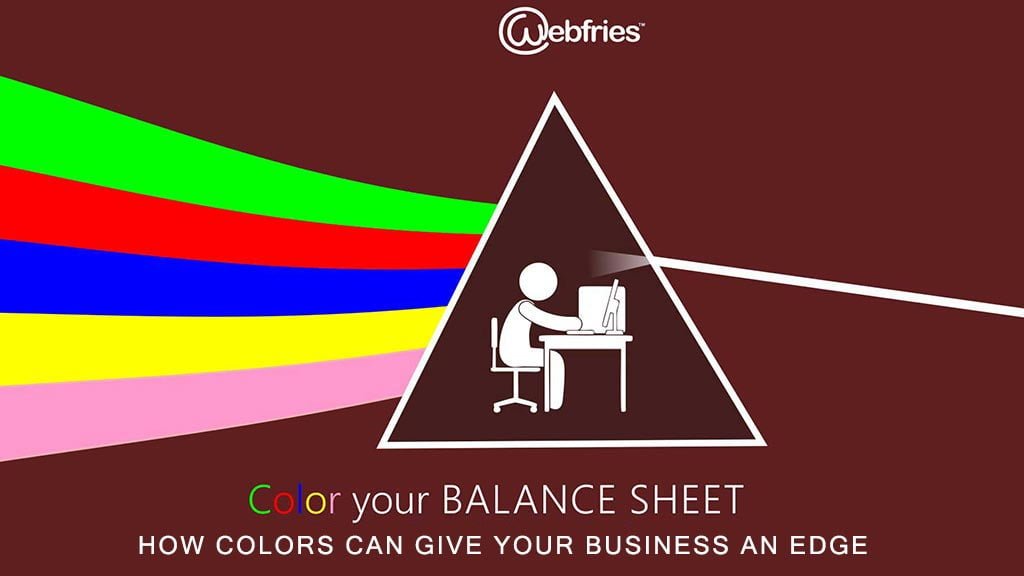Your office is about to get a new coat of paint or your retail space is undergoing redesigning, there are lots of things to keep in mind and your facilities department is in constant touch with the vendor to get the job done. Is that really about this only? There is one very important factor that is often overlooked. It is the colour, itself.
The colour use choices can pave the road for you to reach your business goals. Colour greatly impact human emotion and behaviour. If you are still not able to solve the riddle of making your workers more productive or encouraging shoppers to spend a little bit more money, the basics of colour psychology are the answer. It is the key to unlocking your real potential.
Colour psychology is the study of colour as a basis of human behaviour. Colour can indeed affect a person, however, it is important to mark that these effects differ from one person to another. Factors such as gender, age, and culture influence how an individual perceives colour. The model of colour psychology is based on six basic principles:
- Colour carries a particular meaning.
- Colour meaning is either based on induced meaning or biologically inborn meaning.
- The perception of a colour causes assessment automatically by the person observing.
- The assessment process triggers colour-motivated behaviour.
- Colour generally exerts its influence automatically.
- Colour meaning and effect can be fully understood within a context only.
Colours Change People’s Perception of Temperature
The colour of a wall can essentially alter how a person perceives the temperature. Warm colours, such as red, orange, and yellow would cause people to feel that the temperature in the room is warmer than it is. While, the cool colours, such as green, blue, and light purple cause people to think that the temperature is colder.
This effect can be tactically used by you to reduce heating and cooling costs. For example, if you live in colder places, painting an entryway with a warm colour will cause people to think your building is a few degrees warmer. This may reduce the size of the hole in your pockets through which you pay your energy bills to keep your office warm.
Evoke Emotional Responses
The colour goes a good way to evoke similar emotional responses in most people. Though, there aren’t always universal truths when it comes to colour. People from different cultures may have different feelings and emotions about certain colours. Also, the experience of an individual can affect feelings. You may abhor a particular shade of blue for example, because it reminds you of allergy medicine that was shoved down your throat every day as a child. Despite the few exceptions, the basic generalities and guidelines could be laid down about how particular colours conjure specific emotional and behavioural responses.
Colours can send your brain for a toss
The mixing and playing with different colours create very powerful illusions that can toast or roast your brain.
The illusions created by combinations of colours can deceive the viewer and that can work to your advantage if used cleverly. But they can also cause unfortunate effects if you don’t look for trap
In this picture, the two bows are the same colour, but because the surrounding areas are strikingly different in contrast, it seems to our eyes and brain that they are different.
So, now that you are convinced about the effects that colours may have, please come back again as we will explore the actual effects, the particular colour has, and how you can use them to your advantage. We call this ‘colour your balance sheet’ effect !!!


